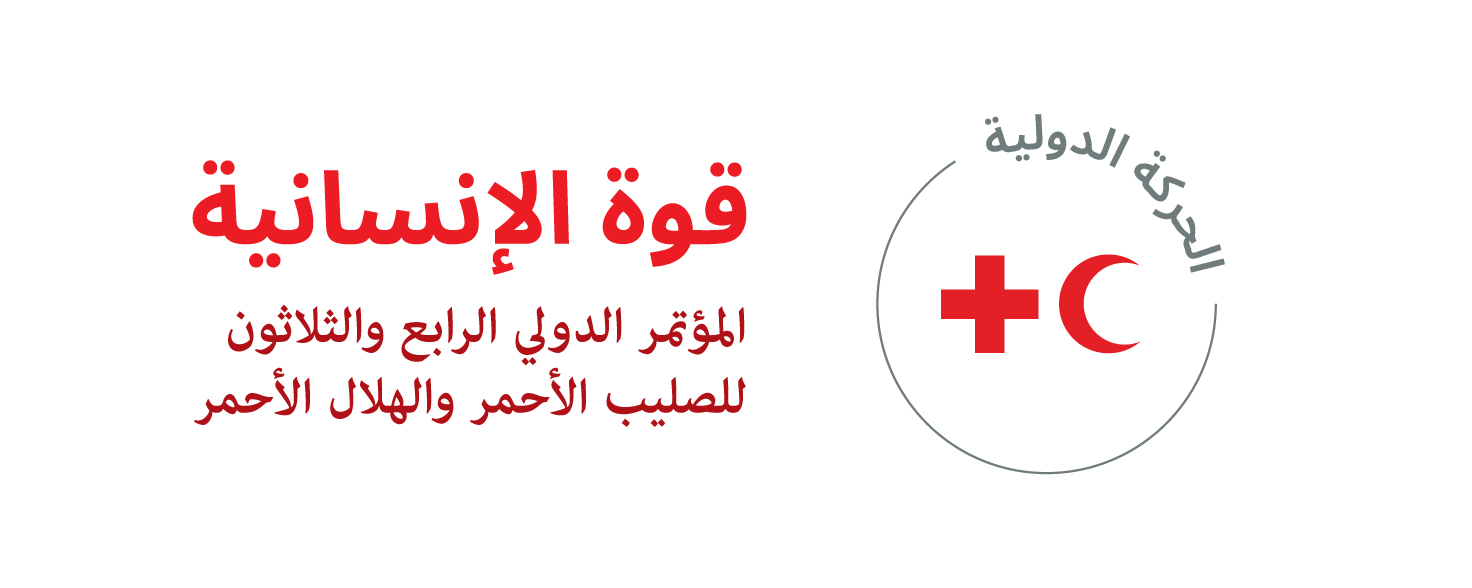أ) أهداف التعهد
Recognizing the unmet needs of conflict affected communities for health services in situations where access to primary health facilities is difficult, in particular services which address reproductive, maternal, newborn, child and adolescent Health (RMNCAH) needs. Over 60% of preventable maternal deaths, 53% of deaths among children under five years and 45% of neonatal deaths take place in fragile settings of conflict, displacement, and natural disasters [1];
Noting the ICRC’s institutional strategy (2019-2022), which refers to “creating opportunities for National Societies to contribute specific and complementary expertise, knowledge and resources that address unmet needs of people affected by armed conflict” and to ICRC’s ambition to scale up its response to needs related to mother-and-child health. Equally, noting its ambition, as outlined in its Health Strategy, “to work in partnerships”, and to “harness the full potential of National Societies to partner in healthcare“, and the Canadian Red Cross’s commitment to expand the reach of its work in emergency and community health which identifies saving lives and alleviating suffering in communities affected by crises and improving the sexual and reproductive health and survival of women, children and adolescents as an objective;
Reflecting a shared commitment to testing innovative approaches to addressing the health needs of people affected by armed conflict and other situations of violence with a focus on women and children’s health and ambition to increase access to affected populations, and address a larger volume of health needs;
ICRC and Canadian Red Cross (CRC), in partnership, agree:
- To establish a multi-year, renewable, collaboration which is globally applicable and based on co-creation, adaptation or adoption of technical standards in RMNCAH;
- To impact effectively and positively, with a public health approach, on the continuum of care for women and children from household and community level with a focus primary and secondary level health care through joint service-delivery where and when possible.
ICRC and CRC, in partnership, defines all the modalities necessary to ensure a larger, joint operational footprint, inclusive of a joint vision, governance and use of expertise and resources, security and monitoring and reporting within the frame of RMNCAH. This will allow for the implementation of the package of evidence-based RMNCAH interventions in contexts affected by armed conflict and violence (the RMNCAH technical framework).
[1] Zeid, S., Bustreo, F., Barakat, M., Maurer, P., and Gilmore, K. (2015). For every woman, every child, everywhere: a universal agenda for the health of women, children and adolescents. The Lancet, May 2015, Col. 385, No. 9981. Retrieved from: http://www.thelancet.com/journals/lancet/article/PIIS0140-6736(15)60766-8/fulltext
ب) خطة العمل:
- Implementation of joint RMNCAH activities in selected operations, inclusive of strengthening the links between community/household, primary and secondary health care levels;
- CRC, together with ICRC will pilot an evidence-based set of interventions related to promotion of community health in conflict settings;
- The National Societies in the pilot countries will be engaged in the planning, and where possible due to security and other considerations, in the execution of program pilots;
- An evidence-based technical framework for RMNCAH in conflict settings will provide standardization in RMNCAH programing for effective quality service delivery;
- Pilots will be monitored and evaluated, and the proof-of-concept will be disseminated to further collective understanding of challenges and lessons learned;
- Based on the learning from the pilot and proof-of-concept, expansion to other ICRC operations where RMCNAH needs are identified and where operational circumstances allow for this partnership to be applied in coordination with other Movement partners as relevant. Agreed joint research to be identified and be carried out on the RMNCAH service delivery in operations.
ج) مؤشرات قياس التقدم المحرز
Pledge reporting will follow the already established monitoring framework for the partnership.
د) الآثار المترتبة على الموارد:
- Both partners commit to having skilled staff available to fulfil their joint commitments;
- Both partners commit to exploring targeted fundraising for the partnership, identifying and developing relationships with potential institutional or private donors both inside as well as outside Canada with the aim to mobilize the resources to support the global roll-out of community based RMNCAH work.



